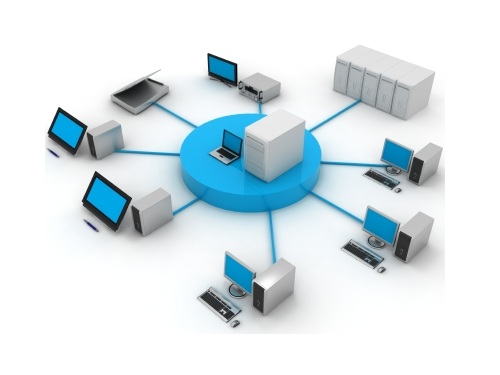Engineers and construction workers were pioneers in using project management in their work. Plans for large projects had to be implemented and overseen by the management as they are being completed. As the technology started emerging in the 50s, computers became the data collectors, leading project management to a higher level. The more technology advanced, pen and paper was replaced by digital copies.
Project management soon became a popular path to take in business and also schooling. Two most popular techniques for project management arose at the time, the Critical Path Method (CPM) and the Program Evaluation and Review Technique (PERT). Project management wants to better organizes tasks within an organization, by assigning employees to the task, with detailed description of the task and due date for task completion. In short, it answers “who, what, when?”
Project management and advanced technology go hand in hand. The result of their close relationship is the creation of project management software. This type of software helps manage, organize, and automate the process of project management.
Components of the Project Management Software
Project management software needs to ensure effective project management. Having the following functions as software’s major components is a step toward a better task organization within your company.
Any project management software has to support the five key functions of project management software:

1. Planning
The first and most important function of the project management software is to allow the project manager to present the tasks to the employees. Task requirements should be clearly stated. Any changes to the requirements should be notified through the software system to all parties included in the specific task.
2. Scheduling
Each task needs to have the option for detailed description of specific action that project manager is looking for. Also, the task should have a “due date” option. If the due date has passed and the project has not yet been completed, the software should provide an automated reminder to be sent to the assigned team member.
3. Resource Allocation
A specific task cannot be assigned to a random team member. The software needs to enable the project manager to assign tasks to specific team members. If there is a need to reassign the task to another team member, the new team member should have the access to all previous activity in the specific task assignment. This will ensure that the new assignee will quickly get acquainted and up to date with the project.
4. Communication
In case of any necessary updates to the task, the software needs to enable communication between the task manager and task assignees. All of the information should be kept updated to show most recent and relevant information. Additional asset would be to automatically update assigned team members when a change in the task assignment have been made. Included reminders when the task is due, is another feature that could differentiate project management software companies.
5. Documentation
To avoid any disagreements, the software has to have the ability to keep the records of the task activity, work in progress and completed work. Project management software should also be able to provide information on any edits, comments and other relevant history of the task. All of the task information and communication will be at one place to provide information. It also allows the team members to learn from any task mistakes that might have occurred.
Jensen Carlyle frequently contributes to business and technology websites, and he is currently reviewing JobTraQ, a Lean BPM tool used for Project Management.



